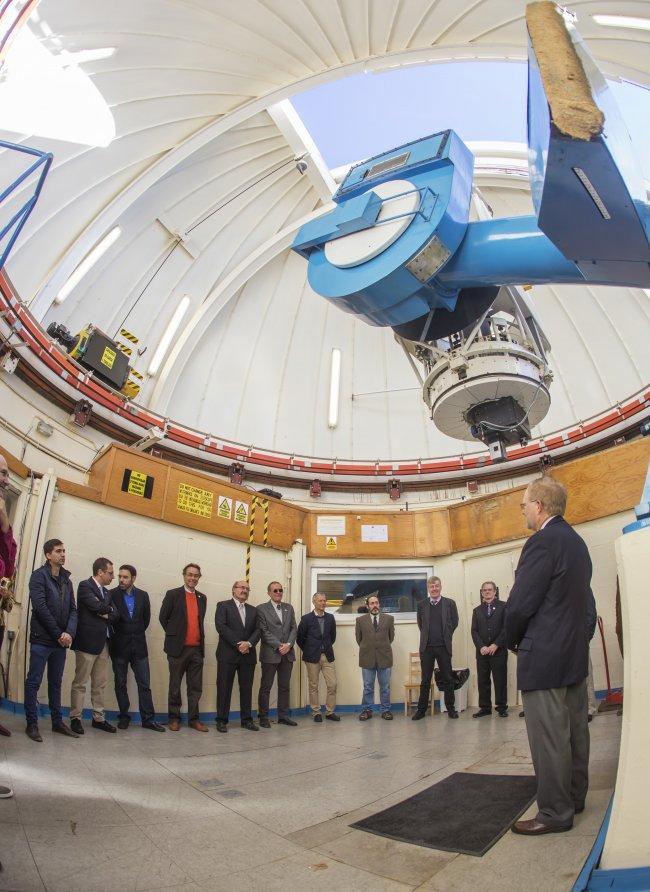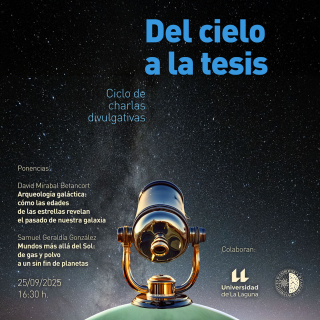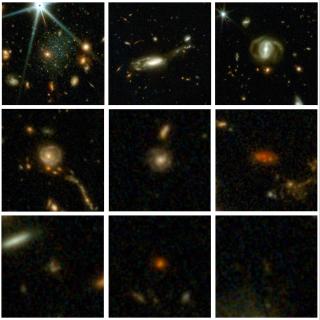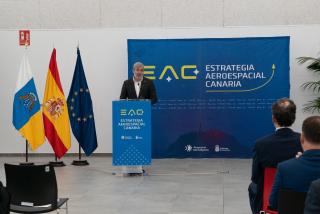The reopening ceremony, which took place last Saturday, 10th October, was attended by Terry Oswalt, the president of SARA, accompanied by various members of the Board of SARA, and by Rafael Rebolo, director of the IAC, local authorities, and scientists related to the project
The retrofit of the JKT systems for remote operation was carried out by the enterprise Astronomical Consultants and Equipment of Tucson, Arizona.
Observing time
The 1-meter Jacobus Kapteyn telescope, on the Spanish island of La Palma in the Canary Islands, was originally commissioned by the United Kingdom, Ireland, and the Netherlands more than 30 years ago as part of the Observatorio del Roque de los Muchachos, (ORM) taking advantage of the excellent atmospheric conditions afforded by this steep volcanic island. Changing funding priorities within the Isaac Newton Group of telescopes, to which the Jacobus Kapteyn had been assigned, led to the end of traditional observations at the JKT in 2003. In 2012 it was transferred to the IAC.
An operating agreement for the telescope was reached between SARA and the IAC, thanks to an international partnership and the ability to operate equipment remotely via Internet linkup across continents.
At the dedication, the IAC Director, Rafael Rebolo, remarked: “The addition of the JKT to the network of telescopes operated by SARA allows an extraordinary temporal coverage in the Northern hemisphere, but also the access by the IAC, in its own time, to a telescope in the South which will help us all to do better science from both hemispheres.”
IAC staff will have access to time on the JKT as well as setting up collaborative projects with other SARA scientists using the other telescopes.
What is SARA?
SARA is a consortium of colleges and universities, which already remotely operates facilities in Arizona and Chile. The member schools are Florida International University, the Florida Institute of Technology, East Tennessee State University, Valdosta State University, Agnes Scott College, Ball State University, the University of Alabama, Butler University, Valparaiso University, Clemson University, Texas A&M University-Commerce, and Embry-Riddle Aeronautical University. And now the IAC as well. A telescope at Cerro Tololo, Chile, is operated in additional partnership with the Chilean astronomical community and Lowell Observatory.
Astronomers from the partner institutions use these facilities to pursue research ranging from asteroids to quasars, as well as use by students in the classroom and for public outreach events. Remote operation of the instruments enables savings in travel costs, great flexibility in scheduling use of the telescopes for various projects, and immediate access for students at all levels.
The new telescope on La Palma brings special advantages. It adds a new instrument at an excellent site, and its longitude offset from the sites in the Americas allows uninterrupted views of changing phenomena without having to go outside consortium facilities (when the sun rises in La Palma, night comes in Arizona).
Besides it has the benefit for classes and public events of being almost 7 hours ahead of the eastern US, so an observation might run from noon to midnight for observers in this area. It is also true the other way round: in Spain we will be able to observe in Arizona until the sun rises there (noon, Spanish time). That should be great for schools and universities!
In the Jacobus Kapteyn telescope (JKT).From left to right: Joan Font, IAC (face); Alberto Domínguez, Clemson University; Alex Oscoz, IAC; Enric Pallé, IAC; Marc Balcells, Isaac Newton Group; ; Rafael Rebolo, IAC; Carlos Martínez, IAC; Romano Corradi, IAC;
Advertised on



